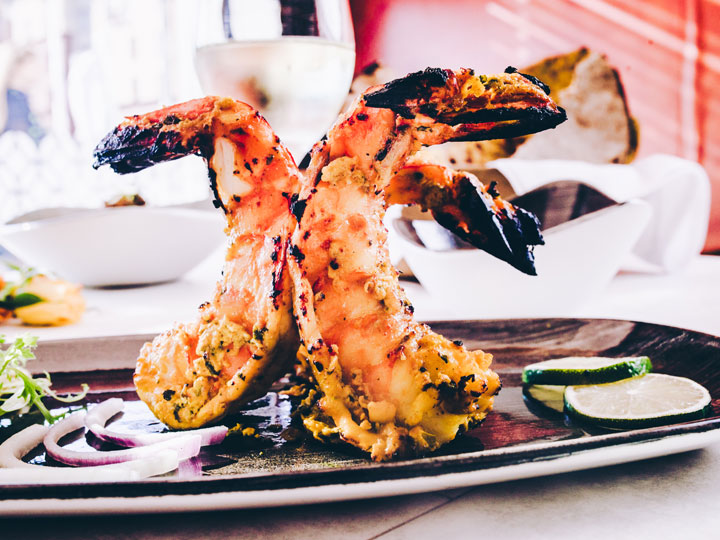Indian cuisine is known for its dynamic flavor combinations, distinctive scents, and complex taste. The core of this tradition is authentic Indian spices—a warm and sweet combination of herbs and seasonings that have been revered and cultivated for thousands of years. The story behind and the importance of these traditional Indian spices deepen our understanding of authentic Indian food, and with it, the culture and history stored in each meal.
The Historical Journey of Indian Spices
India is one of the most ancient countries for the cultivation and trading of spices. Even the spice trade is as old as the history of Indian spices. Spices such as turmeric, cumin, coriander, and black pepper were used and even cultivated by the ancient civilizations of India, like the Indus Valley. Spices were not only important for their flavour but also for their nutritional value in India’s traditional medicine known as Ayurveda.
There is a history to the demand for Indian spices, and it is associated with their trade routes. The Indian spices trade linked Persia, Arabia, Europe, and Southeast Asia, making India the center of the trade of social and physical goods. Spices like cardamom, cinnamon, and cloves were spread across the world, helping in the spread of Indian spices and food, and making India well known for its genuine Indian cuisine.
Cultural Significance of Indian Spices
In Indian cuisine, spices serve a much greater function than simply enhancing the taste of a dish. They have a strong cultural and spiritual resonance. Several spices hold the status of being sacred or auspicious in Indian customs. Take turmeric, for example, which is a staple in rites and rituals due to the blessings it bestows and the prosperity it symbolizes. On the opposite spectrum, saffron—one of the priciest spices—holds a dual association with opulence and spiritual sanctity.
In India, spices are prized as much for their health benefits as for their flavor. For instance, turmeric is valued for its anti-inflammatory benefits, and cumin for its digestive aid. These are staples in health-conscious cooking. The authentic Indian food is defined by the precise balance and correct combination of spices. Masala 'warm' spice blend, which is a mixture of numerous spices, is an example of this.
The Role of Spices in Authentic Indian Food
Every country or region has its unique food identity and special dishes. That is why proper food requires remarkable honor and respect. From India, every region has its unique blends. For instance, South India has red chilies, curry leaves, and mustard seeds to blend into their food. Whereas North India is inclined towards warm cinnamon and cloves.
Before being ground into powders or used whole, spices are usually soaked in essential oils and then roasted to intensify flavours. This is a skill in itself, and mastering it is the most important step to make Indian food authentic.
Modern Relevance and Preservation
Authentic spices are a cultural symbol of India and are cherished deeply around the world, and today, their relevance is even beyond the traditional kitchens. Spices help integrate India’s vast history with contemporary food technology. Culture is maintained by ‘old’ farmers and spice merchants as they continue to farm and trade ‘old’ spices while ensuring they are available for future generations.
In addition to this, authentic Indian food is loved worldwide, and a consequent need for real spices emerges. To maintain old traditions, numerous 'ancient' custodian families and ‘ancient’ chefs make an effort to use old spices and old cookery in an attempt to keep a dying culture alive.
Whether used in traditional recipes or modern fusion dishes, the enduring appeal of Indian spices continues to delight palates worldwide, inviting everyone to experience the depth and richness of authentic Indian cuisine.





Comments